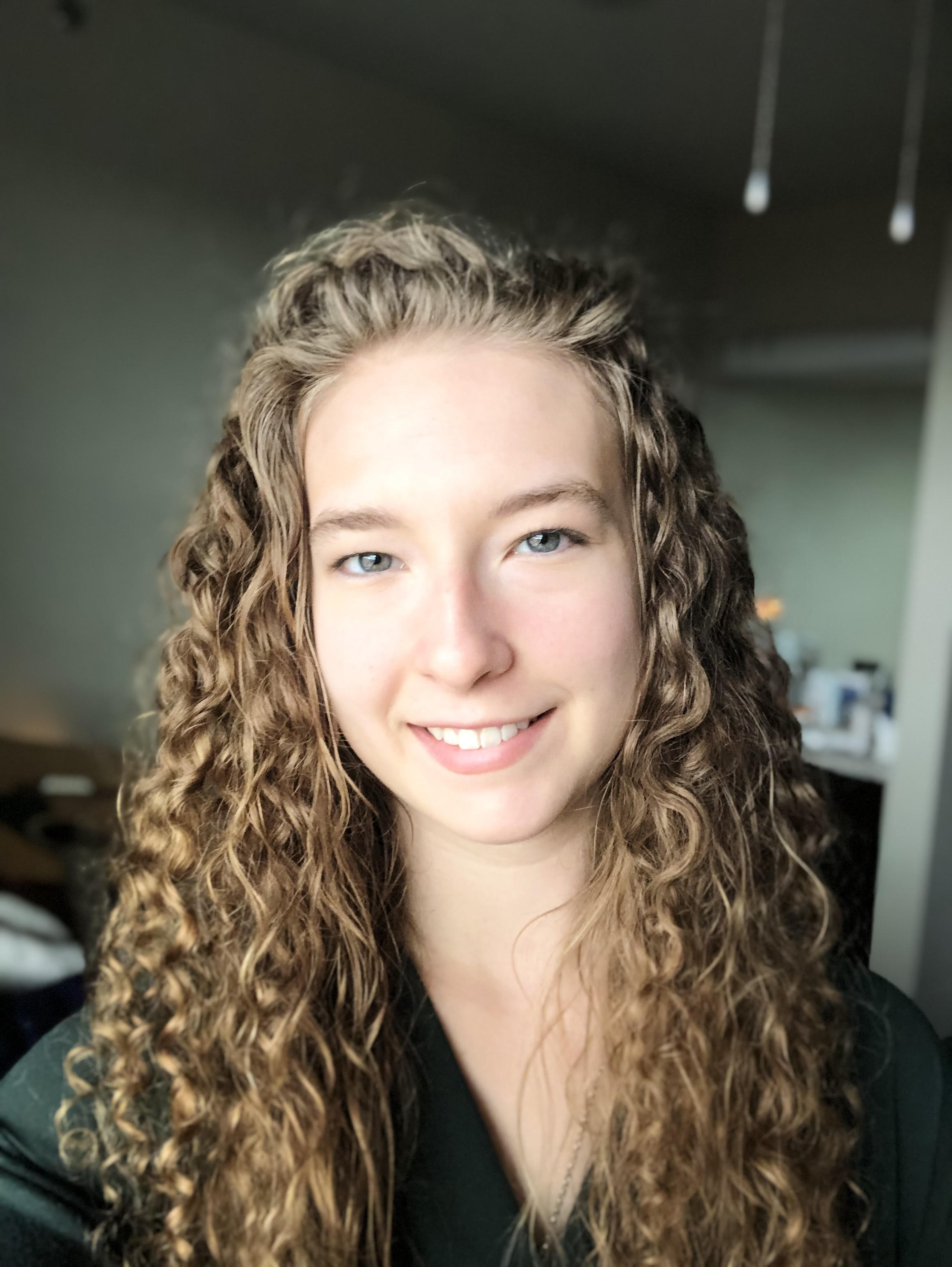Factors Influencing the Utilization of Pelvic Health Physical Therapy Among Women in Rural Appalachi
In recent years, a renewed focus on pelvic floor physical therapy has inspired clinicians to revisit research publications in search of better treatments for patients affected by pelvic floor dysfunction. Studies have shown 1 in 7 women in the USA will experience chronic pain in their pelvic floor1, which can lead to significant functional limitations, especially when paired with related conditions such as urinary or fecal incontinence/urgency, pelvic organ prolapse, low back pain, postural deviations, or neurological or radicular symptoms. Undoubtedly, these conditions affect women’s activity and participation in their home and community.
Current treatments for these conditions in physical therapy include postural and body mechanics corrections, muscle lengthening and strengthening, modalities such as TENS and ultrasound, and neuromuscular re-education. Despite these established treatments, many women experiencing these symptoms either do not have access to pelvic floor physical therapy or do not seek treatment from physical therapists for their condition.
To better understand the barriers to successful treatment, my classmates and I, with our professors’ guidance, conducted an interview of open-ended questions to ask volunteers about their experience with pelvic floor dysfunction. We defined pelvic floor dysfunction as a collection of conditions that affect the function of the bladder, bowel, sexual organs, and one's overall quality of life. Our project focused on post-partum women in rural Appalachian regions, a population that has historically had limited access to specialized care. To qualify, participants had to be over 18 years of age, have a history of pregnancy or childbirth, and currently or previously have complaints of the symptoms listed above. We compiled and analyzed 10 interviews, discovering three common themes from our participants’ experiences.
Firstly, all the women reported a significant impact on their personal lives. As providers, we can conceptualize this impact through the biopsychosocial model. Their pelvic floor dysfunction caused them physical and functional limitations, which makes activities of daily living such as toileting, cooking, cleaning, and driving challenging. This experience produces negative emotional impacts such as feelings of discomfort, isolation, depression, anxiety, and shame. As a result, their participation in community social events decreases. Without successful treatment, these women found themselves in a worsening cycle of symptoms.
The second theme was a shared complaint about the limited availability of services. All the women sought some form of treatment and experienced multiple failed interventions before finding any relief. Notably, only one woman was directly referred to pelvic floor physical therapy by her obstetric provider. The other nine women had some knowledge of pelvic floor physical therapy but stated they either could not find a provider in their area or could not book treatments due to scheduling conflicts. As a result, eight of the ten women resorted to self-treatment with exercises they found online or through gym classes. Most of them found some symptom relief, but easier access to treatment earlier in their journey could have spared them excessive distress and symptom burden.
A final commonality was a shared lack of knowledge and awareness of pelvic floor dysfunction and its established treatments in physical therapy among both the women and their healthcare providers. Seven participants admitted to being uncertain about what pelvic floor dysfunction means, six stated they did not receive any support from their healthcare providers, and four reported experiencing some form of dismissal by their providers. These experiences can deteriorate patient-provider trust and isolate those experiencing sensitive health concerns.
My colleagues and I hope that our research will improve the quality of life for women experiencing pelvic floor dysfunction in rural Appalachian regions by raising awareness and amplifying their voices. Pelvic floor dysfunction is commonly normalized and left untreated in this patient population due to limited knowledge and services. Through educational initiatives, physical therapists and other healthcare providers can help increase awareness and expand access to pelvic floor physical therapy ultimately enhancing the diagnosis, management, and treatment of pelvic floor dysfunction. In the future, we hope that patients with this condition will have ready access to the information and services they need to live their lives to the fullest.
Special thanks to the research team’s fellow members: Hannah Frazier DPT, Huaqing Liang PhD, Cassidy Lane SPT, Haleigh Weese SPT, Ciera Wine SPT.

Reference:
Dydyk AM, Gupta N. Chronic Pelvic Pain. [Updated 2023 Apr 1]. In: StatPearls [Internet]. Treasure Island (FL): StatPearls Publishing; 2024 Jan-. Available from: https://www.ncbi.nlm.nih.gov/books/NBK554585/
Additional references and research project materials: In the image of the QR code

Author: Raighan Kelly, SPT, 2024 CAPP Scholarship Recipient
Author Bio: Hello there! My name is Raighan Kelly, and I am a soon-to-be physical therapist aspiring to specialize in pelvic health and obstetrics. My hope is to build a practice that will improve the liveliness and longevity of my community.


